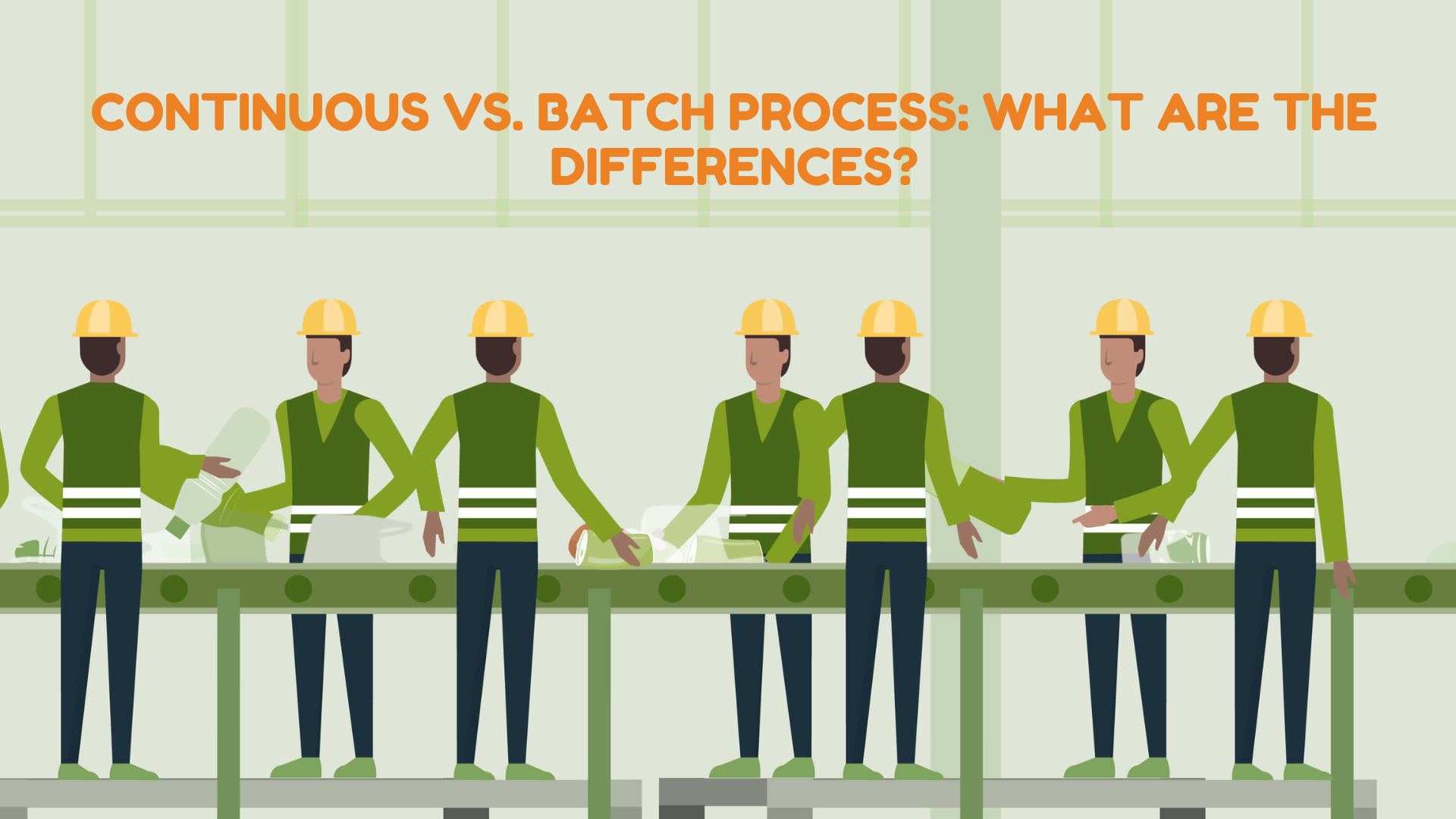Continuous and batch processes methodologies have their own sets of advantages and drawbacks, and the choice between them can significantly impact efficiency, cost, and product quality. This blog will explore the key distinctions between continuous and batch processes, helping you determine which might be best suited for your production needs.
What is a Continuous Process?
A continuous process is a production method where the manufacturing of products is carried out without interruption. Raw materials are fed into the system, and products are produced in a steady, ongoing flow. This method is commonly used in industries where large volumes of a standardized product are required, such as in chemical manufacturing, oil refining, and food production.
Key Characteristics of Continuous Processes
- Constant Flow: The production process is continuous and unbroken, resulting in a consistent output.
- High Efficiency: The lack of stops and starts often leads to higher efficiency and lower per-unit production costs.
- Automation: These processes are highly automated, reducing the need for manual intervention and minimizing human error.
- Scalability: Easily scalable to meet higher demands by increasing the flow of raw materials.
- Quality Consistency: Ensures uniformity in the product due to the standardized and uninterrupted nature of the process.
Advantages of Continuous Processes
- Cost-Effective: Lower operational costs due to reduced labor and higher efficiency.
- Consistent Quality: Uniform production results in consistent product quality.
- High Throughput: Capable of producing large quantities of product in a shorter time frame.
Disadvantages of Continuous Processes
- Inflexibility: Not suitable for producing small batches or customized products.
- High Initial Investment: Significant capital required for setting up the infrastructure and automation.
- Complexity: Requires sophisticated control systems and expertise to manage and maintain.
What is a Batch Process?
A batch process involves manufacturing products in specific quantities or batches. Each batch goes through the entire production process before starting the next one. This method is prevalent in industries where products are made in varying quantities or customized, such as pharmaceuticals, specialty chemicals, and food processing.
Key Characteristics of Batch Processes
- Defined Quantities: Production is divided into discrete batches, each processed separately.
- Flexibility: Easily adaptable to produce different products or formulations.
- Manual Oversight: Often requires more manual oversight and intervention compared to continuous processes.
- Variable Production Time: Time to complete each batch can vary depending on the complexity and requirements.
Advantages of Batch Processes
- Flexibility: Ideal for producing a wide range of products or small quantities.
- Lower Initial Costs: Generally requires less initial capital investment compared to continuous processes.
- Customization: Allows for customization and adjustments to meet specific requirements.
Disadvantages of Batch Processes
- Higher Labor Costs: Requires more manual labor, increasing operational costs.
- Inconsistent Quality: Potential for variability between batches, which can affect product quality.
- Longer Production Time: Typically slower than continuous processes, especially for large volumes.
Choosing Between Continuous and Batch Processes
The choice between continuous and batch processes depends on several factors, including the nature of the product, production volume, cost considerations, and flexibility requirements.
When to Choose a Continuous Process
- High Volume Production: When producing large quantities of a standardized product.
- Consistent Demand: When there is a steady, consistent demand for the product.
- Automation Capability: When automation can significantly improve efficiency and reduce costs.
When to Choose a Batch Process
- Variety of Products: When producing multiple products or formulations in varying quantities.
- Customization Needs: When products require customization or frequent changes in specifications.
- Lower Initial Investment: When budget constraints limit the ability to invest in extensive automation.
Conclusion
Understanding the differences between continuous and batch processes is essential for optimizing production strategies. Continuous processes offer efficiency and consistency, making them ideal for high-volume production. In contrast, batch processes provide the flexibility needed for customization and small-batch production. By carefully considering your production needs and constraints, you can choose the approach that best aligns with your operational goals and ensures the highest quality and efficiency in your manufacturing efforts.









